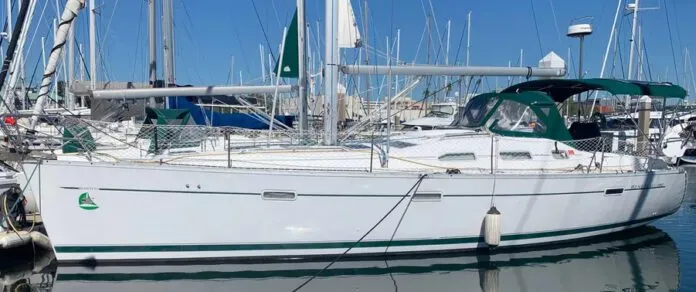
For cruising in comfort and sailing with ease it's hard to top modern designs like the Beneteau 393. Openness, creature comfort, and smooth-running systems put boats like these well ahead of the "narrow, dark, cavelike" designs of just a few years ago. However, if your need is to claw off a lee shore in a gale, to go where the waves are bigger than you are, or to cast off with "anything goes" readiness, these new coastal cruising designs aren't as good as the old.
To continue reading this article or issue you must be a paid subscriber. Sign in
Subscribe to Practical Sailor
Get full access to Practical Sailor - over 4,000 articles - for just $34.
Subscribe today and save 42% off the annual rate.



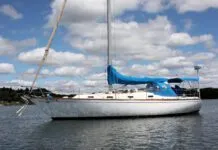

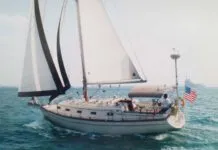
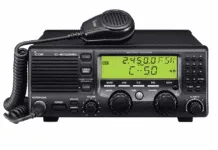



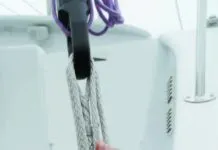
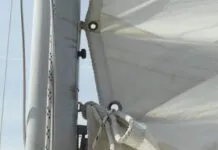

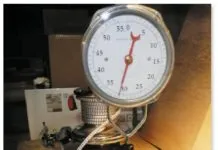
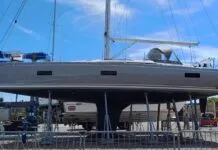




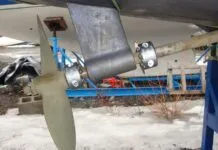

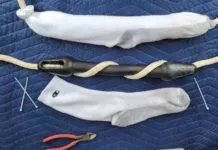



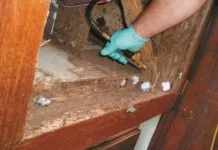

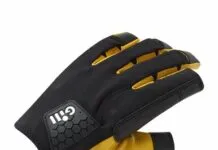
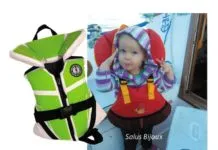
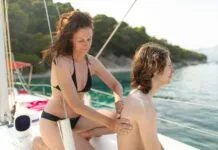



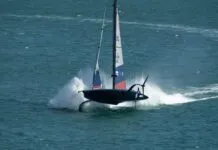
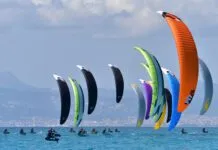
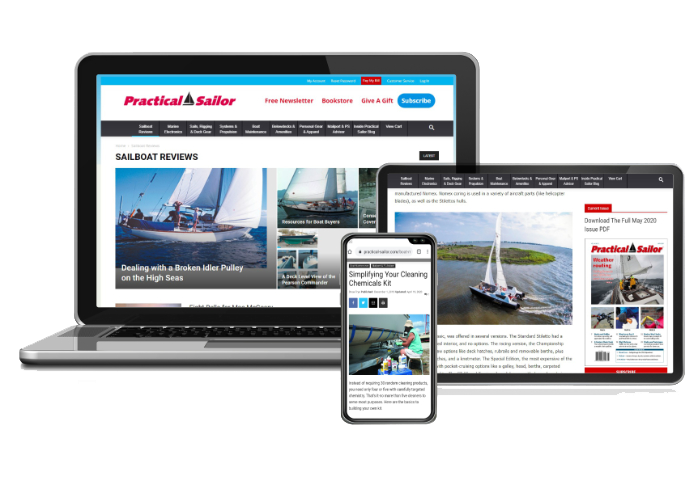
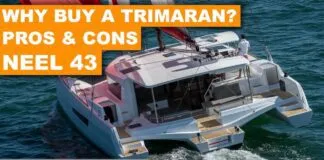



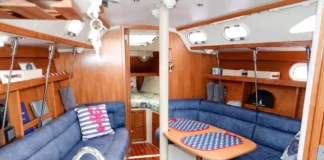
Very informative work that addressed many of the questions I had about Beneteau and this model specifically. Well done
Does the 393 ‘pound’ when headed up wind?
I had one and, under certain conditions, she does. When sailing upwind in stronger winds—let’s say above 17 knots—and with built-up waves, she will pound, sometimes harder than we’d like, occasionally halting forward motion (especially when using the engine). However, if you open the angle to 55 degrees or more upwind relative to the waves, she handles much better, making for a very comfortable ride.
The lack of weight in the keel is evident, and she heels more than other boats of the same size, but she also tends to go faster. We loved our 2006 Beneteau Oceanis Clipper 393 and still can’t believe we sold her. She was fantastic for coastal sailing. We encountered a couple of squalls in Croatia and a 24h heavy weather condition crossing the Adriatic from Dubrovnik to Brindisi. While we never felt unsafe, a heavier boat with lower freeboard and more ocean-going capability would have made for a better ride.